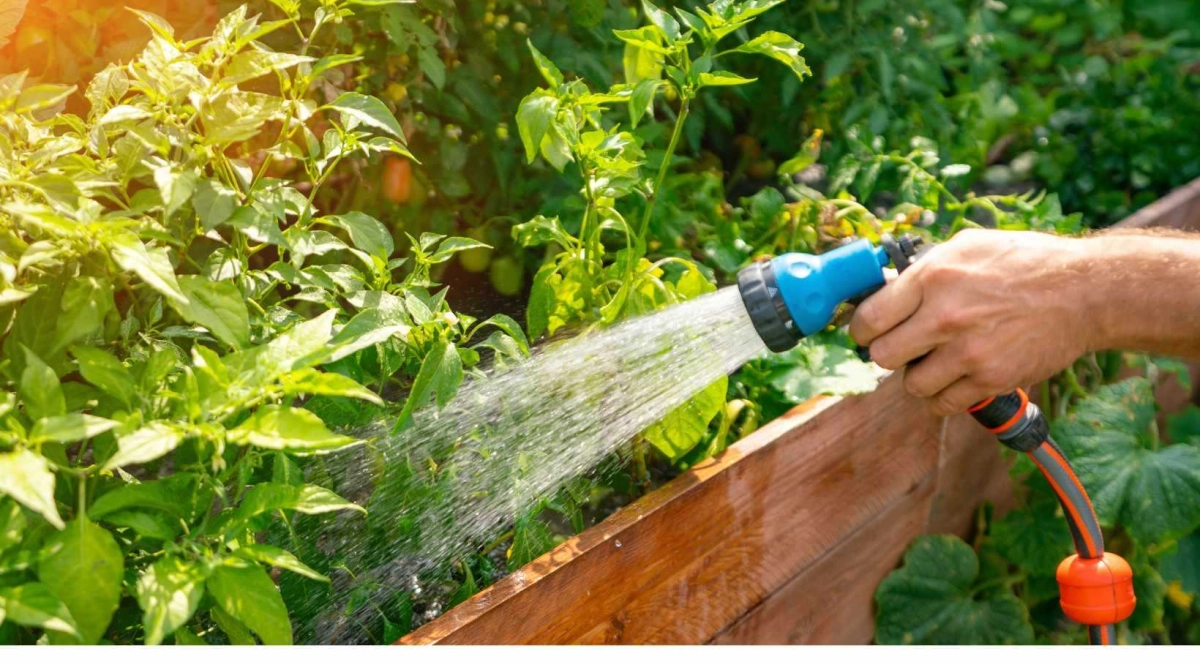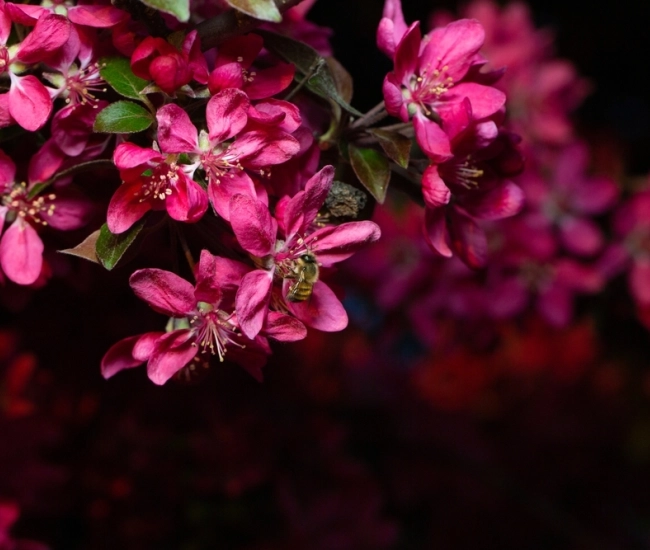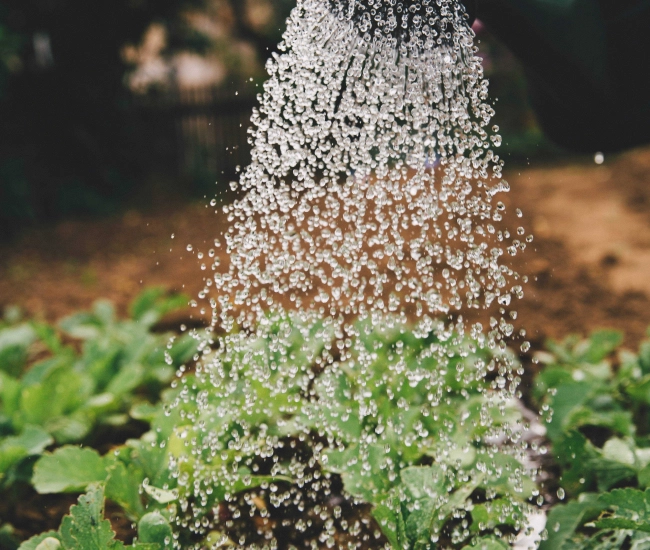
Text by Hélène Baril – Horticulturist, speaker & author
__
We are increasingly called upon and urged to change our behavior and gardening methods to counter a potential shortage of drinking water. Some municipalities now impose strict watering regulations on their citizens to raise awareness of this new reality. But how can we reduce the use of drinking water without compromising the beauty and lushness of our gardens?
Xeriscaping to the Gardener's Rescue
Xeriscaping, the French term for xeriscaping, offers a very interesting alternative to traditional landscaped spaces that require abundant water and regular care.
Very trendy and ecological, this approach aims to reduce the consumption of drinking water in the garden by selecting plants better adapted to drought conditions, less water-demanding, and easy to maintain, while opting for eco-responsible and sustainable horticultural practices.
These low-water-use gardens resemble classic gardens where many ornamental or edible plants take place in lush, voluminous, and colorful flower beds. The difference? Each flower bed is positioned and laid out according to the water absorption capacity of the developed site, and all plants are grouped according to their watering needs.
Site Preparation, a Key to Success
Whether it's a vegetable garden, ornamental flower beds, a hedge planting, or container gardening, you must opt for practices that aim to enhance better water management from the initial planning stages.
- Prepare planting areas according to soil type (clay, sandy) and the type of plants chosen.
- Add a generous amount of compost or manure to maximize water retention, reduce water evaporation, and lower soil temperature.
- Avoid raising flower beds as they tend to dry out too quickly.
- Group plants according to their light and water needs.
- In the same planting area, lower the plants that require more water and raise those that tolerate drought.
- Level the site to direct rainwater towards planting islands and keep rainwater and irrigation water on the land.
A Thoughtful Plant Selection
The choice of plants that naturally tolerate drought is to be favored in the practice of xeriscaping. Here is a short list of plants that meet this selection criterion.
Perennials
- Sedum
- Thyme
- Sagina
- Mugwort
- Sage
- Stachys
- Daylily
- Grass
- Yarrow
- Coreopsis
- Lavender
- Blazing star
Annuals
- Cleome
- Cosmos
- Gazania
- Purslane
Trees, Shrubs, Conifers
- Hawthorn
- Lilac
- Linden
- Honey locust
- Boxwood
- Caragana
- Elderberry
- Potentilla
- Cotoneaster
- Juniper
- Larch
- Pine
Water Management: Simple and Effective Actions

- Collect and reuse rainwater using rain barrels or by tracing small ditches around flower beds or the vegetable garden.
- Reduce surfaces covered with inert materials that create heat islands.
- Avoid bare surfaces. Use ramial chipped wood (RCW) or ground cover plants.
- Hoe the soil before the rain to facilitate water absorption (and you know what they say: one hoeing is worth two waterings).
- Use soaker hoses that direct water to the roots and prevent fungal diseases caused by watering the foliage.
- Promote deep root development of plants by performing deep waterings the first year of establishment, which will allow you to significantly reduce waterings in subsequent years.
And Don't Forget...
Avoid fighting against nature: few plants grow under large trees that are water-hungry or under the dense canopy of conifers.
Tips and advice



